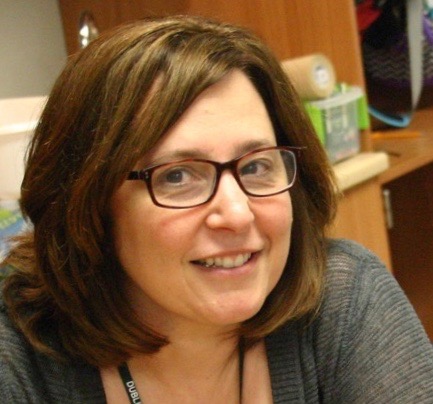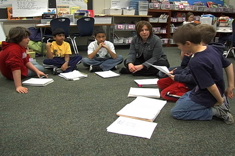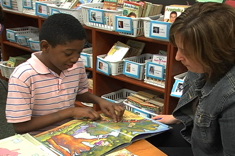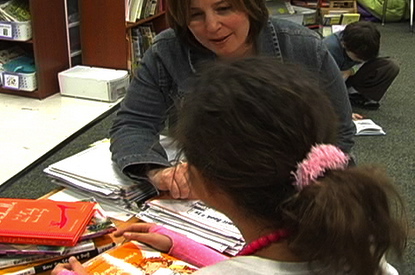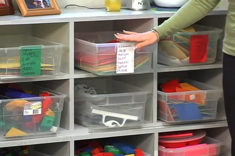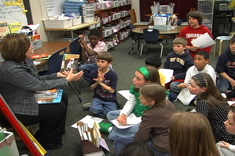Next-Read Stack conferences take up much of my conferring time with some students. Because engagement in text is key for every child, I make time to support the students who...
Membership Required
The rest of this content is restricted to Choice Literacy members.
Join us today for instant access and member-only features:
Articles
Get full access to all Choice Literacy article content
Videos
Get full access to all Choice Literacy video content
Product Discounts
Receive members-only product discounts for online courses, DVDs, books and more
Membership Options


